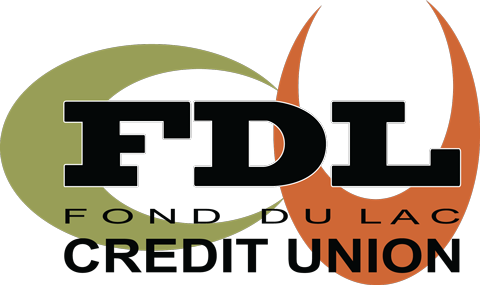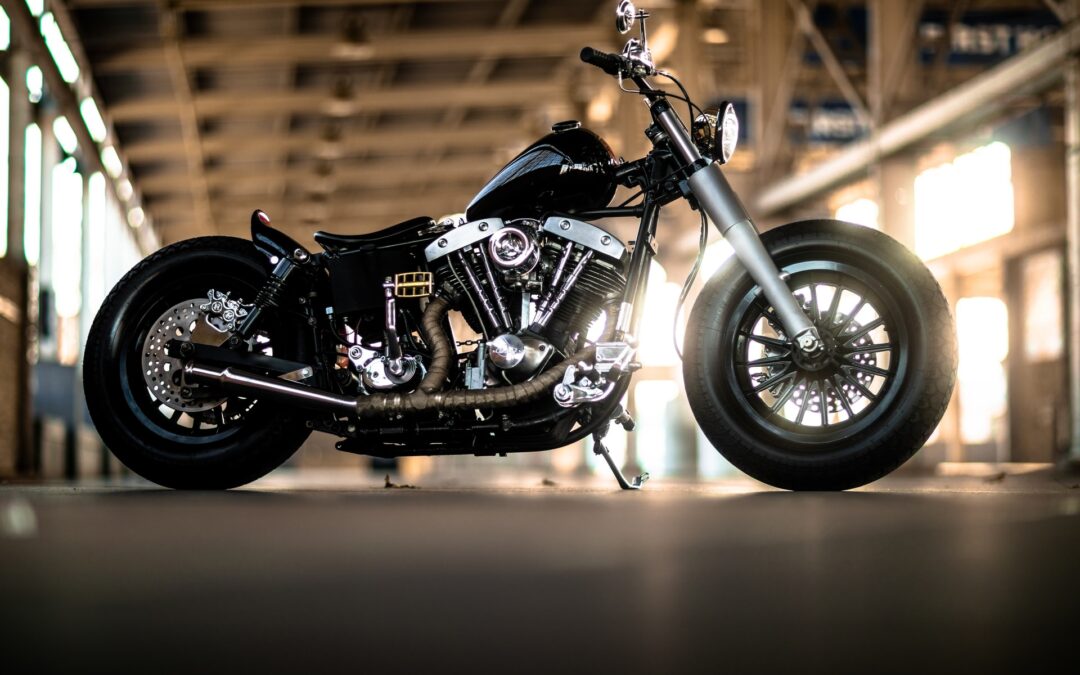If you’re ready to purchase your first motorcycle, you’re likely thrilled — and more than a little overwhelmed. There are so many factors to consider and dozens of choices you’ll need to make before you pull the clutch. It can all get confusing, fast!
No worries, FDLCU is here to help. We’ve compiled a step-by-step guide for buying a motorcycle, complete with useful tips to help you make a purchase you’ll enjoy for years to come.
Secure financing
A motorcycle can run you anywhere from $2,000 to $16,000, and it’s always best to have the financial details of a large purchase squared away before entering the market so you’ll avoid disappointment later. You can save up for your bike, charge it to a low-interest credit card or take out an unsecured loan from Fond du Lac Credit Union, where you’ll enjoy affordable interest rates and payback terms to fit your budget.
Brush up on your motorcycle safety
Before you shop for a bike, it’s a good idea to complete a Motorcycle Safety Foundation (MSF) course. The course is similar to driver’s training and will help ensure you can ride your bike with increased safety. Depending on your state, you may need to obtain a special motorcycle license as well.
Procure insurance
In some states, motorcycle insurance is required by law, but even if your state does not mandate it, consider purchasing coverage anyway. Insurance will protect you from liability for property damage or personal injuries caused through your vehicle, help cover medical bills in case of an accident, and cover theft and damage to your bike as well. As is the case with auto insurance, you’ll have the freedom to choose how much coverage you’d like to purchase, with more robust coverage directly increasing the cost of your policy.
Choose between a new and used bike
You’ve got the important stuff taken care of and you’re itching to try out bikes, but before you do, decide if you’re going to purchase a new or used motorcycle. Let’s take a quick look at the pros and cons of each option.
A used motorcycle can cost thousands less than a new bike and won’t depreciate nearly as much, but finding a used motorcycle in decent condition can be challenging. If you decide to go this route, stay away from bikes that show signs of excessive wear, have mileage exceeding 20,000 miles, and/or have difficulty starting up, running or stopping. It’s also a good idea to get a VIN (Vehicle Identification Number) to check on your potential new bike, have it professionally inspected, and take it for a spin before finalizing the deal.
A new bike will be blessedly free of mechanical breakdowns in the near future and will look nice and shiny. Of course, you’ll pay for these privileges, so be sure to run the numbers before setting your heart on a particular motorcycle. It’s also important to note that, while you might save on repairs and maintenance, insurance on a new bike will likely be a lot more expensive than coverage for a used one.
Choose a motorcycle type
You’re ready to choose your type of ride. Here are the most popular choices:
- Sportbikes-equipped with a leaning design that makes them ideal for riding at high speeds, these bikes also have higher footpegs and handlebars that are more out of reach than most other bikes. A sportbike can be a good choice for thrill-seekers, but an uncomfortable option for riders planning to take long trips on their bikes. Insurance can also be expensive.
- Standard bikes-an upright riding posture and lack of accessories make these a great all-purpose motorcycle. Perfect for beginners and the budget-conscious, but not the best choice for off-road and long-distance riders.
- Cruisers-the Harley Davidson standard, cruisers offer a relaxed riding position, comfortable suspension and a V-twin engine. They also tend to be heavy, making them difficult for new or small riders to handle, but an excellent choice for tall riders and those seeking a stylish ride.
- Touring bikes-built for long rides, these motorcycles are fully loaded with extra features, including fairings that block the wind, saddlebags to accommodate luggage and large fuel tanks for long trips. A touring bike can be ideal for riders who take lots of road trips, but they can be an expensive choice for city riders.
- Dual sport bikes-lightweight and built with high-travel suspension and aggressive tires, these bikes are a great choice for off-road riding. Their tall seat height makes them difficult for short riders to handle.
Once you’ve chosen your ride type, research models from popular brands, including Yamaha, Harley Davidson, Suzuki, Kawasaki, Honda, and Triumph. Be sure to check out ratings and reviews from current owners. Once you’ve narrowed down your choice, you’re ready to visit dealerships and private sellers.
Important features to consider
A motorcycle’s seat, handlebars and footpegs are not adjustable, so it’s important to choose one that fits comfortably. Take a seat on any bike you are considering. See how it feels, and make sure you can easily reach the handlebars and pedals. If possible, go for a ride around town to get a real feel for it.
You’ll also want to consider the weight of your bike since a heavier bike can be difficult to maneuver.
Finally, if you’re a new rider, don’t go overboard on power. It’s best to start with a bike that has a 500cc engine and then trade-in for something more powerful later on, if necessary.
Choose your bike and finalize your purchase
You’re ready to buy your bike! Be sure to choose carefully and do lots of research so you’ll enjoy your motorcycle for many happy miles.

